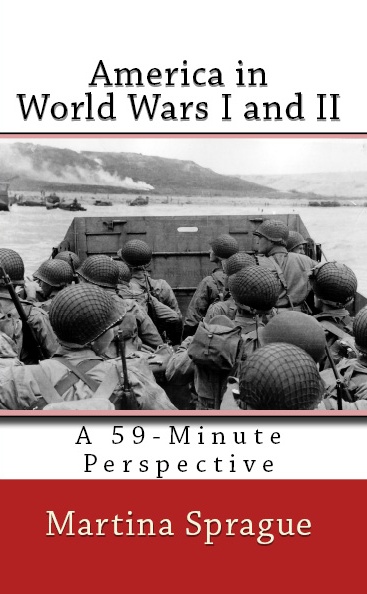 fax (000) 000-0000
fax (000) 000-0000
toll-free (000) 000-0000
America in World Wars I and II
When America joined the Allies in the Great War in 1917, it faced
several difficulties regarding its reputation. The country had
remained neutral until its entry into World War I, and American
forces were less prepared than their French and British
counterparts. The AEF (American Expeditionary Forces) commander John
J. Pershing lacked skilled officers, and “only one in every six of
the 200,000 American officers who served in World War I had prewar
commissioned service in the Army or National Guard.” Officer schools
in France, although stripping “units of leaders during training,”
helped alleviate the problem somewhat. However, because of America’s
late arrival to the war, it had to pay a smaller cost than the
Allies, which led to that the French and British minimized American
achievements and sacrifices. Intangible social and cultural factors
may also have influenced why the French and British viewed the
Americans with a bit of condescension. Even if America was
industrially and militarily advanced, the mere idea that the country
had so recently been a colony, and thus an inferior part of Great
Britain, might have affected the European mindset. Just as America
was proud of its accomplishments in its relatively short history,
the countries in Europe were proud of their long history, their age,
and the many trials and tribulations they had suffered, both to
separate and bind their people together. Despite these difficulties,
America’s contribution proved crucial in the final victory against
the modern German army.
While the Allies doubted the organizational abilities of the Unites
States military—the question was whether the American commanders
could organize, equip, and ship an army that could be directed
successfully against the highly trained Germans—they also believed
that they could not succeed without enlisting help from the United
States. But since America was a junior partner in the war and only
had limited influence on the Allies, problems remained with respect
to integrating political and military aims. The Allies wanted
American soldiers mainly as support troops, simultaneously as the
American army wanted to maintain a separate identity. The French,
British, and Americans were therefore answering only to their
national commands. Language barriers further complicated the issue,
but the main problem may have been that the armies “followed
entirely different tracks in adjusting to the Western Front.” It was
thus suggested that American units be integrated into the existing
French and British armies, who had the resources to ship and equip
their forces. The idea of amalgamation seemed better than having
America ship equipment, such as guns and trucks, in addition to men.
Despite these obstacles, Pershing believed that an independent
American army was the only answer, and that American troops would be
unwilling to accept the Allied command procedures.
America had knowledge and technical ability to produce arms and
airplanes, but the economy failed to respond rapidly to the military
demands. Advisory committees formed in 1915 and 1916 feared that a
“wartime economic crisis would bring the nationalization of some
industries.” The Woodrow Wilson administration did not give the War
Industries Board the power to allocate materiel and goods, and the
General Staff feared that civilians would interfere with contracting
procedures. America therefore had to rely on Allied automatic
weapons and French and British aircraft. Those concerned with
civil-military relations failed to do what needed to be done when it
needed to be done. Later, in the interwar years, it would be
determined that “economic mobilization and planning must be
accomplished under civilian, and not military, direction,” which is
in line with the tradition of keeping civilian control of the
economy.
Although the French and British were correct in their early
assessment of America’s lack of preparation, the eventual
reorganization of the executive branch and the Overman Act, which
gave the president power to coordinate government agencies, assisted
the War Department in becoming more effective with respect to
logistical planning. America’s performance during the Meuse-Argonne
offensive in 1918 also proved that America was as capable as the
European allies of logistical management and the movement of large
military forces across miles of difficult terrain.
“Between September 26 and
the Armistice on November 11, the Americans in the Meuse-Argonne
battered some forty-seven German divisions, captured 16,059
prisoners and many guns, and eventually brought the railroad at
Sedan under their own guns.” However, the successes came “at a cost
of 120,000 casualties.”
